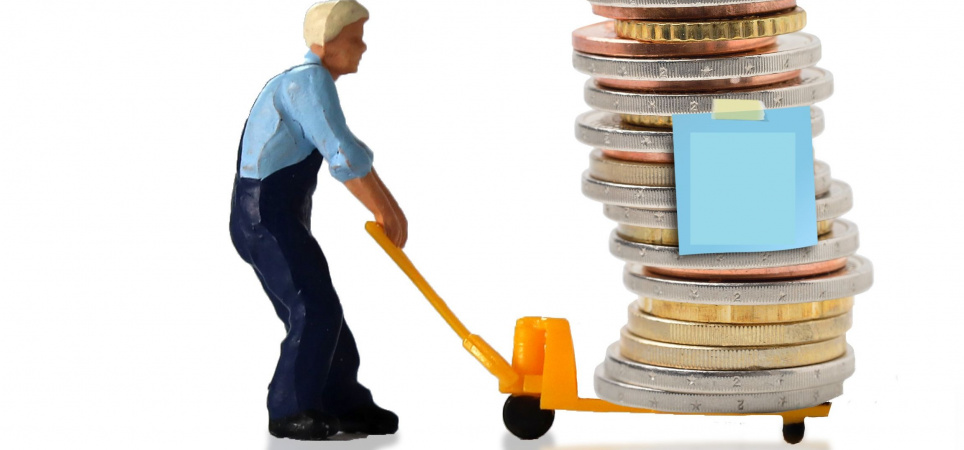Cabinet cuts spending: cheese slicer also affects education
Education cannot escape the government's cutbacks. In order to curb rising government expenditure, the government is cutting wage and price compensation, among other things. “The cabinet should have made different choices,” says AOb-chairman Tamar van Gelder

After years of unprecedented expenditure, the cabinet now has to tighten its belt again. In recent months, Finance Minister Sigrid Kaag has been diligently looking for opportunities. Last Friday afternoon there was finally the Spring Memorandum, a complicated accounting monstrosity that goes over the departmental budgets with the cheese slicer. The government is also accounting for a series of small and larger windfalls and cutbacks in education.
Because inflation is not fully corrected, primary and secondary education will lose about 560 million euros in the coming years. In policy jargon this is called an 'additional contribution to the coverage specification'. In addition, there will be a cut of 111 million on 'supporting infrastructure' and there will also be cuts in subsidies for lateral entry. In higher education, students in particular pay the price. Halting the halving of tuition fees for first-year students from September 2024, as announced earlier, will yield around 450 million euros.
Windfalls
In addition to these and other small 'changes', the cabinet is already booking hundreds of millions in windfalls. Of the more than four hundred million euros that remained on hold last year and was carried over to 2023, 116 million will be spent on the round of cuts. The rest of the surplus is distributed among all kinds of items, including the "free" school meals at primary and secondary schools.
Windfalls can be expected in the coming years, partly because pupil and student numbers are lagging behind previous estimates. In the long term, this will result in a structural plus of 490 million. The government also has to spend less on student finance. Furthermore, money is also left behind due to staff shortages, as it turned out earlier.
Inflation
“The cabinet should have made different choices,” says AObchairman Tamar van Gelder after studying the Spring Memorandum. “Now we are heating backwards again because the cabinet is not compensating for inflation for teaching staff. Especially in a sector where the staff shortage is huge, people are running away and results are falling, there should be no doubt about compensating for inflation on salaries.”
According to Van Gelder, the measures mean that teaching staff will lose their salary again. That's not the first time. "In the Salary step-by-step plan of AOb we already mentioned this. The government - in an ever-changing composition - ensures that education continues to lag behind.”
Especially in a sector where the staff shortage is huge, people are running away and results are falling, there should be no doubt about offsetting inflation on salaries
Employers are also knocking on the door of the government. Van Gelder: “They recently sent a letter to the cabinet that more money is needed to keep salaries up to par. We cannot conclude a collective agreement at the collective bargaining tables.”
Income tax
A thorn in the side of the AOb is also the cutbacks on subsidies to help lateral entrants and on transfer subsidies. “I see a cut in the bill, which is very strange when everyone notes that the deficits are so great. The government should also roll out the red carpet for everyone who wants to work in education.”
PvdA Member of Parliament Henk Nijboer said yesterday told NPO Radio1 that the cuts should be off the table. Among other things, he wants to increase corporate income tax. 'I was very shocked by the cutbacks in education, I hadn't seen that coming. Almost a billion in less money for education. That is described very technically and that is why I called it a puzzle. But if you spend almost a billion less on wages and price adjustments, that means less money for salaries for teachers in primary education, intermediate vocational education and higher education, and we cannot bear that.'
Stay informed of all education news. Sign up for the newsletter Education Magazine.


